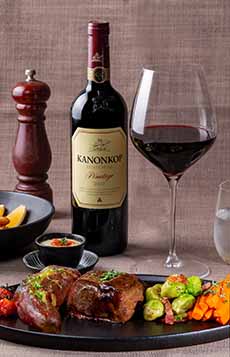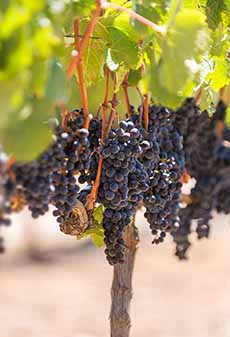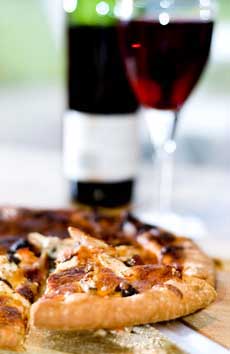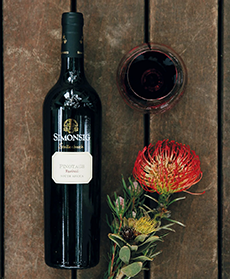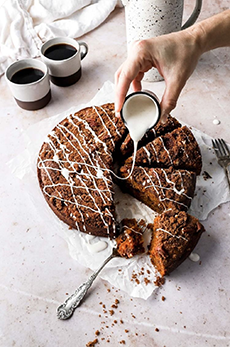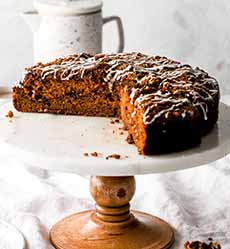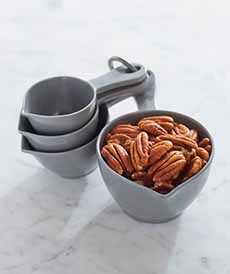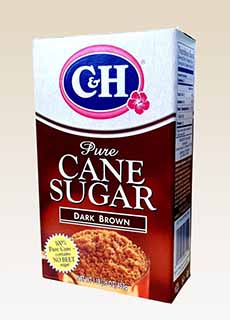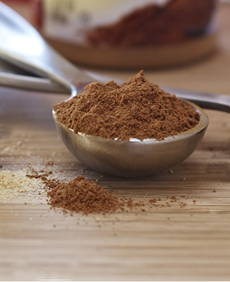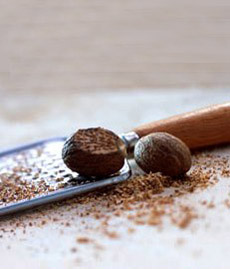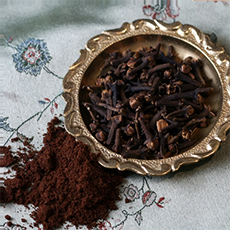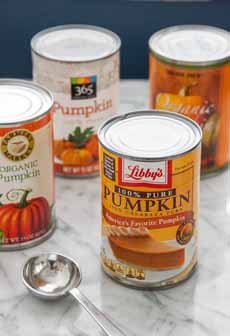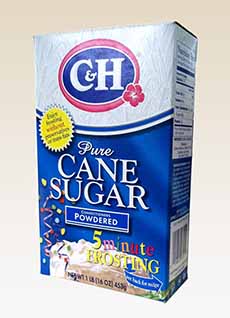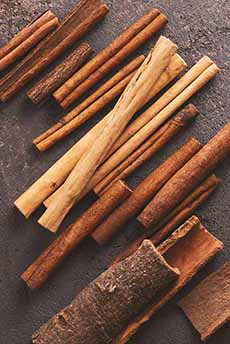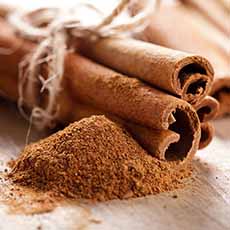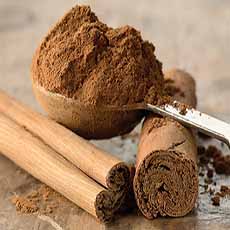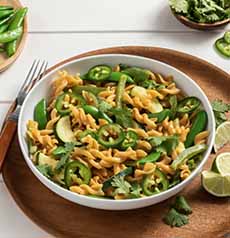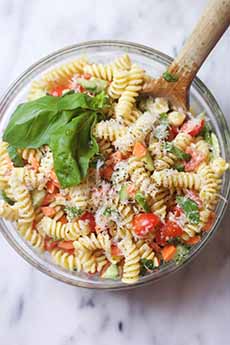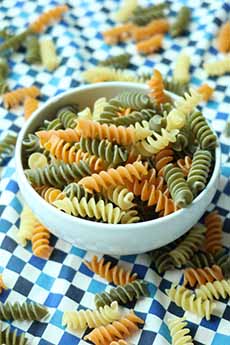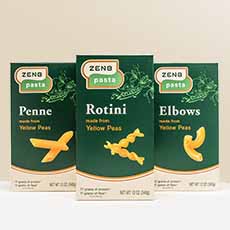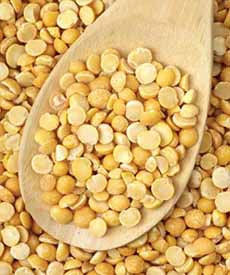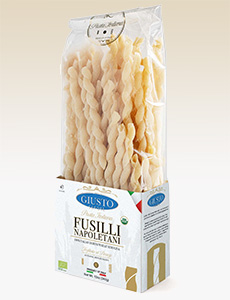|
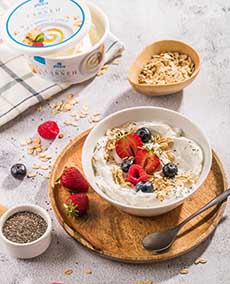
[1] Start the day with a bowl of labneh, fruit, and granola (photos #1 through #7 © Yaza Labneh).
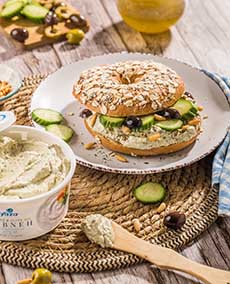
[2] Spread labneh on your bagel. Here, it’s layered with sliced mini cucumbers and pitted olives.
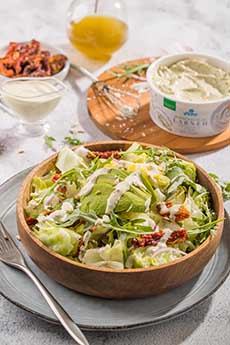
[3] Blend labneh and olive oil for a creamy salad dressing.
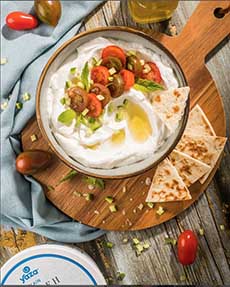
[4] For a snack, top labneh with chopped cucumbers, onions, olives, and tomatoes, and serve with pita or pita chips.
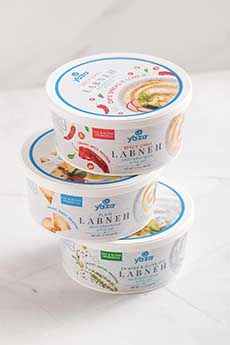
[5] The three flavors of Yaza Labneh.
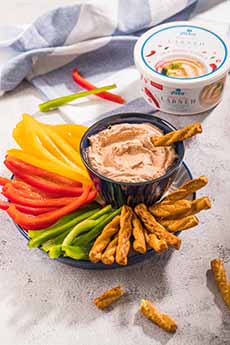
[6] Crudités with Spicy Chili Yaza Labneh dip.
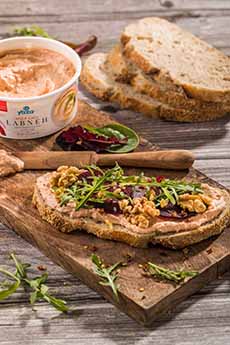
[7] A vegan sandwich of Spicy Chili labneh, beets, walnuts, and arugula.

[8] These Jewel Box Labneh Balls are a treat for the eyes and palate. Here’s the recipe (photo © A View From Great Island).
|
|
The Lebanese dip and spread labneh is made by straining Greek yogurt, an already strained yogurt, removing even more liquid. It’s doubly strained yogurt and a thick, creamy base for a spread or dip. It’s almost like a softer cream cheese, without the carrageenan or carob bean gum used to enable the block to be sliced.
In the U.S. it is sometimes referred to as as a “yogurt cheese.” While there are fresh cheeses that look like labneh (fromage frais* is the best example), here’s the difference between yogurt and cheese:
Cheese is made by curdling milk, while yogurt is made by fermenting milk with specific bacteria strains.
Cheese is high in fat and cholesterol, while yogurt is lower in fat and contains live and active cultures that can improve gut health.
Not only is labneh delicious, but it is quite healthy: high in calcium, protein, and probiotics.
Alternate spellings are labaneh, lebnah, labne, or labni, among other spellings. The word is transliterated from Arabic. Laban is the Arabic word for yogurt.
Pronunciation differs, too (see the footnote‡).
> The history of yogurt.
> The different types of yogurt: a glossary.
> The history of labneh is below.
> So is a recipe to make labneh at home from Greek yogurt.
YAZA LABNEH, OUR TOP PICK OF THE WEEK
Our Top Pick Of The Week is Yaza Labneh, a new brand. It’s made in the Catskills with cow’s milk from New York State dairy farms.
And, it’s made in three wonderful flavors: Plain, Spicy Chili, and Za’atar & Olive Oil. The latter two are currently the only flavored labneh brands in the U.S.
You’ll see za’atar mentioned several times in this article. It’s a staple spice blend of the Middle East, combining sesame seeds (often toasted) and sumac, with dried herbs such as oregano or marjoram and thyme, plus toasted spices like coriander and cumin. Here’s more about it.
All three flavors are great on bagels, toast, or as dips.
Yaza† labneh is simply delightful and has become a major part of our dairy consumption.
The Plain variety has universal use and is great as a side with spicy foods (when you need a slight cool-down).
Za’atar & Olive Oil is nicely herbal and we’ve been enjoying it on bagels and grilled vegetable sandwiches.
Spicy Chili brings on the heat. We like it on roll-ups and other sandwiches. Check it out on the beet, walnut, and arugula sandwich in photo #8.
GET YOUR YAZA LABNEH
The brand plans to be a staple in every American home. Traditionally, labneh has been sold in ethnic/specialty stores but it is currently sold in 17 states** with the aim to be in every state.
As of this writing, Yaza is sold in 17 states: CO, CT, FL, GA, IL, IN, LA, MD, MI, NC, NJ, NY, OH, PA, TN, VA, and WI. The brand is currently in discussion with upscale and mass retailers nationwide.
> Here’s a store locator.
THE DIFFERENCE BETWEEN LEBANESE & TURKISH LABNEH
There are two types of labneh, Lebanese labneh and Turkish labneh. They are very different.
Lebanese labneh like Yaza is strained yogurt with probiotics. It is very healthy, clean, high in protein, and low in fat and calories. The labneh is manually strained using a cheesecloth and is exposed to open-air bacteria, which results in gut-healthy probiotics. The shelf life is typically shorter; in the Middle East, around 21 days.
Turkish labneh has more fat and doesn’t have probiotics. It is very close to American cream cheese in taste and nutrition. Because it has no probiotics, the shelf life is between 9 months and 1 year.
HOW TO ENJOY LABNEH
Labneh is tangier and creamier than yogurt, and it’s meant to be eaten with savory ingredients. That hasn’t stopped American cooks from turning it into cheesecake, desserts with berries, flan, and even whipped cream.
But let’s start with classic uses in Lebanon and other Middle Eastern countries:
Breakfast: A nutritious breakfast with a drizzle of olive oil, a sprinkling of fresh za’atar, and a side of pita.
Appetizer and snack: A dip and spread, in a similar fashion to hummus. Any traditional mezze spread will include at least one type of labneh.
Sauce: With falafel and kibbeh (fried meatballs).
To port it over to the typical American diet, it can be quite versatile:
Breakfast: Instead of Greek yogurt, either Lebanese-style (see above) or in a bowl with fruit, honey, and granola (photo #1).
As a spread on toast and bagels, instead of cream cheese (photo #2).
Lunch and dinner: As a sauce, garnish, or side dish.
As a base for salad dressing, blended with olive oil (photo #3).
Appetizers and snacks: Plain or with za’atar and olive oil, with breadsticks, crackers, crudites, pita, or tortilla chips (photo #4).
And an attractive preparation, Labneh balls (photo #8), which can be served like mini cheese balls with crackers or salad or marinated in olive oil and herbs.
THE HISTORY OF LABNEH
The exact origin of yogurt is uncertain, but it is thought to have appeared in Mesopotamia around 5000 B.C.E.
Cheeses made from strained yogurt have been eaten for thousands of years in the Levant (a large area in the Eastern Mediterranean region of West Asia that comprises modern-day Israel, Jordan, Lebanon, Palestine, Syria, and a small part of southern Turkey—see image #9, below).
Nomadic Bedouin tribes, who inhabited the Syrian Desert since at least 6000 B.C.E., used labneh as an important source of protein and even had a dry version to carry while traveling (think of modern yogurt powder, that can be reconstituted with water).
The Armenians are widely credited with introducing labneh throughout much of the Middle East many centuries ago.
The popularity of labneh grew quickly and before long every culture throughout the Middle East and beyond had developed its own unique version. The main differences between varieties are:
The choice of milk. Everything from cow’s, goat’s, sheep’s, and water buffalo’s milk—even camel’s milk—have been used. The choice of milk significantly alters the flavor.
The texture. Labneh can be fresh or preserved in olive oil with herbs. It can be rolled into balls for a nice presentation. The balls can also be preserved in olive oil.
RECIPE: HOMEMADE LABNEH
Labneh is extremely easy to make, and in Lebanon, almost every family has their own special family recipe and technique. They typically make it from homemade raw milk yogurt, but you can use store-bought Greek yogurt.
1. SPRINKLE Greek yogurt with a bit of salt.
2. LINE a colander with cheesecloth, set it over a large bowl, and add the yogurt. Allow it to strain in the refrigerator or a cool room for 24 hours.
That’s it! Your labneh is ready to eat and will keep, in a tightly covered container, for up to two weeks in the fridge.
But you can also customize the flavor:
3. MIX IN your favorite herbs, such as fresh or dried chiles, chives, dill, garlic, or parsley.
We also like to add sliced scallions or blend in a bit of tomato paste.
Finally, can also form it into balls and preserve it in olive oil, where it will keep for months. Here’s how.
|

[9] The Levant (image via PAT, Public Domain).
________________
*Fromage frais is a light, fresh cheese that originated in France. It looks like Greek yogurt, but it’s technically a cheese. It has a mild, slightly tangy flavor and a smooth, creamy texture. It is often used as a spread or dip, although it can also be used in recipes to substitute for cottage cheese, mascarpone, ricotta, or sour cream. Frûche (pronounced froosh) is another fresh French cheese that has a mild flavor and a smooth, creamy texture. It’s like fromage frais but has a slightly higher fat content and thus is richer.
**In the Northeast, check Balducci’s, Caraluzzi’s Markets, D’Agostino, Gristedes, King’s Food Markets, Morton Williams, Union Market, and other independent retailers and specialty stores across the nation.
†The brand name, Yaza, is a mashup of taza, meaning fresh in Arabic; meza, the Arabic term for small plates/appetizers; and yogurt, as labneh is strained yogurt. The swirl in our logo mimics how labneh is traditionally presented in a bowl or plate as a dip. Clever!
‡The pronunciation differs per country. In Lebanon, it is pronounced LAB-NEH. You may hear LAB-NAH, LOB-NEH, LEB-NAY or other pronunciations across various countries and regions.
CHECK OUT WHAT’S HAPPENING ON OUR HOME PAGE, THENIBBLE.COM.
|
